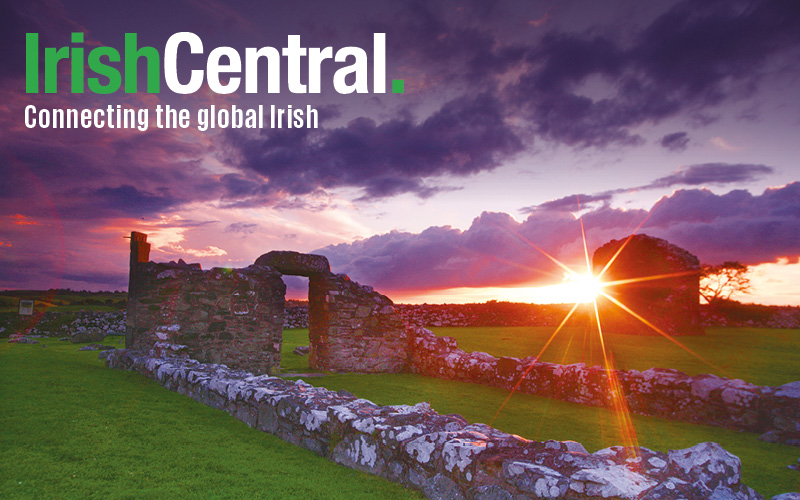Academic research of an archive of documents written at the time of the Famine has shed controversial new light on what really happened amidst the Great Hunger. Dr. Ciarán Reilly at Maynooth University has spent the last four years examining over 50,000 documents and letters written in the mid-1800s from Strokestown Park House, County Roscommon, now home to the Irish National Famine Museum.
Despite the long-standing belief that the Famine was largely caused by the ruthlessness of Anglo-Irish landlords and aristocrats, the Strokestown archive reveals the full extent of the in-fighting, criminality and division which existed among local communities themselves as they struggled for survival.
The Strokestown Park Archive is one of the largest estate collections in existence with more than 50,000 documents comprising rentals, leases, accounts, correspondence maps, drawings, architectural plans and photographs. Of particular importance are the papers that relate to the Great Irish Famine.
Dr. Reilly’s book, “Strokestown and the Great Irish Famine”, aims to introduce the reader to the archive and to provide a microscopic insight into the many and varied experiences of Famine for those who inhabited the estate in the 1840s. Documents from the archive, many of which have not seen the light of day since they were generated almost 170 years ago, illuminate the text and provide the reader with a unique insight into Famine Ireland. The existence of the Strokestown Famine archive highlights that there are still major questions to be answered in relation to the greatest social calamity in modern Irish history.
The following is part of the conclusion of Dr. Reilly’s pivotal new book:
“At Strokestown the behaviour of the local community with regard to the provision of relief, the scramble for land and the treatment of women and children challenges any casual assumptions about evil landlords and blameless tenants. Such behaviour may suggest why people were anxious to forget what occurred during the 1840s and 1850s. As Cormac Ó Gráda has noted ‘neighbour against neighbour is hardly promising material for a communal, collective memory’. The Strokestown archive provides a fascinating insight into the behaviour of the local community during the Famine, in particular those who were anxious to gain access to land. As a result of eviction and emigration, land at Strokestown became a much-sought after prize. Large farmers were anxious to get some of the land that was being carved up on the Strokestown estate. For some, as respondents to the Irish Folklore Commission noted, ‘their only ambition was to come by land’. At Strokestown they were facilitated in their efforts by bailiffs, rent warners and other estate officials who were accused of feathering their own nests.
“Issues such as culpability remain contentious when studying the Great Irish Famine. What the Strokestown archive may reveal though is that while other landlords endeavoured to cull and eliminate their Famine papers, in doing so they may have done the local community a favour, as culpability for many actions was erased. At Strokestown, it has suited many that the Pakenham Mahon’s were depicted in the social memory of the Famine as the despoilers of the people, and this has distorted the picture of what actually happened during the Famine. It is interesting then, when accessing the Famine at a local level, not what is remembered but what was forgotten, deliberately forgotten in many cases. Speaking in Boston at the National Famine Commemoration in 2012, President of Ireland, Michael D. Higgins reminded us that there is not a single narrative of Ireland’s greatest social catastrophe and that:
“‘It is necessary to revisit, revise and include much that has been forgotten or perhaps deliberately avoided in a great silence amongst the survivors at home and abroad. We must be open to amending what we have taken as the iconic event, the master narrative, and add in some missing bits, drawing on the new scholarship.’
* Dr Ciarán Reilly is a Research Fellow at the Centre for the Study of Historic Irish Houses and Estates at Maynooth University. He is the author of The Irish Land Agent, 1830–60: the case of King’s County (2014) and John Plunket Joly and the Great Famine in King’s County (2012).
For more information on “Strokestown and the Great Irish Famine” click here.




Comments